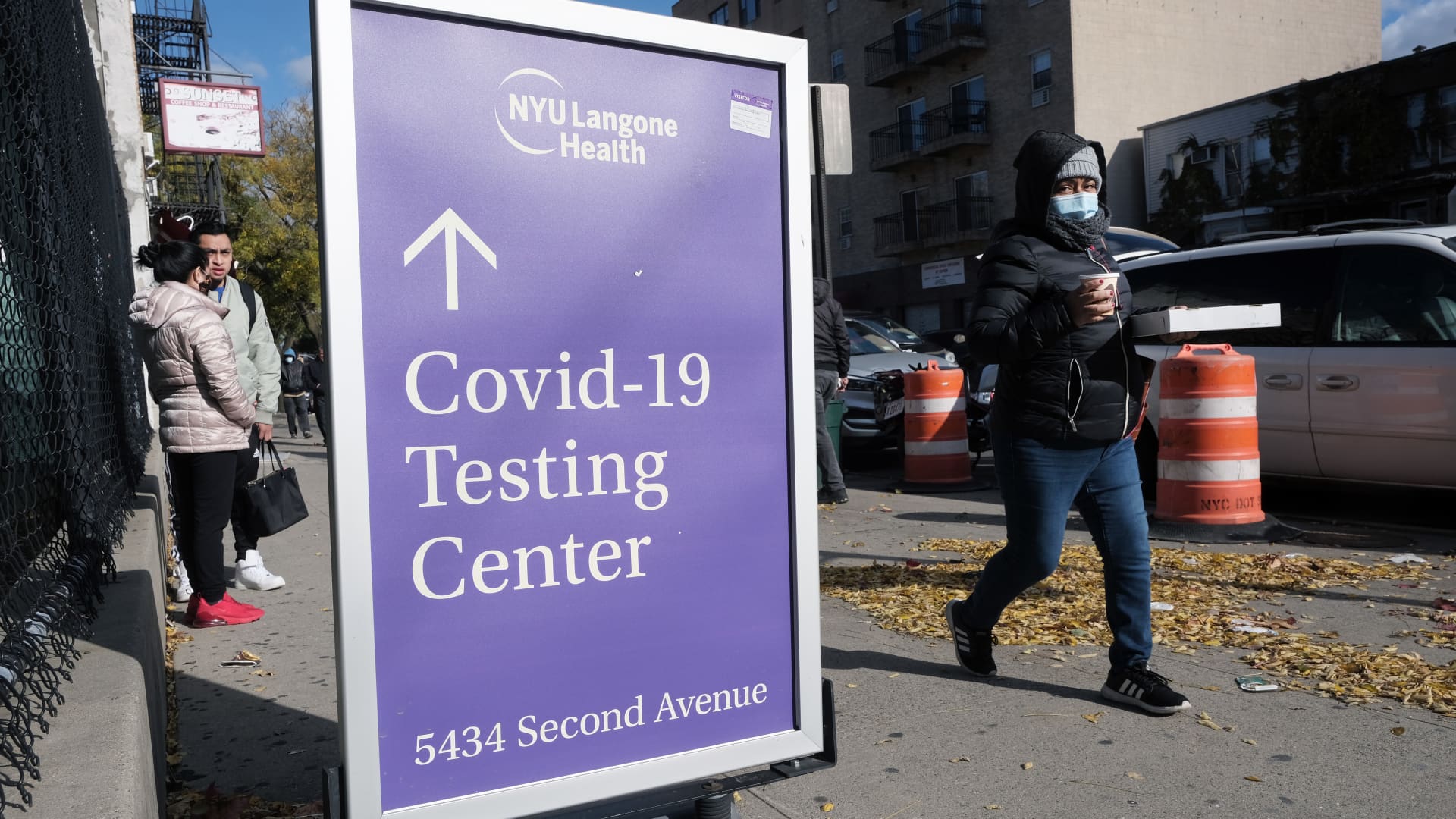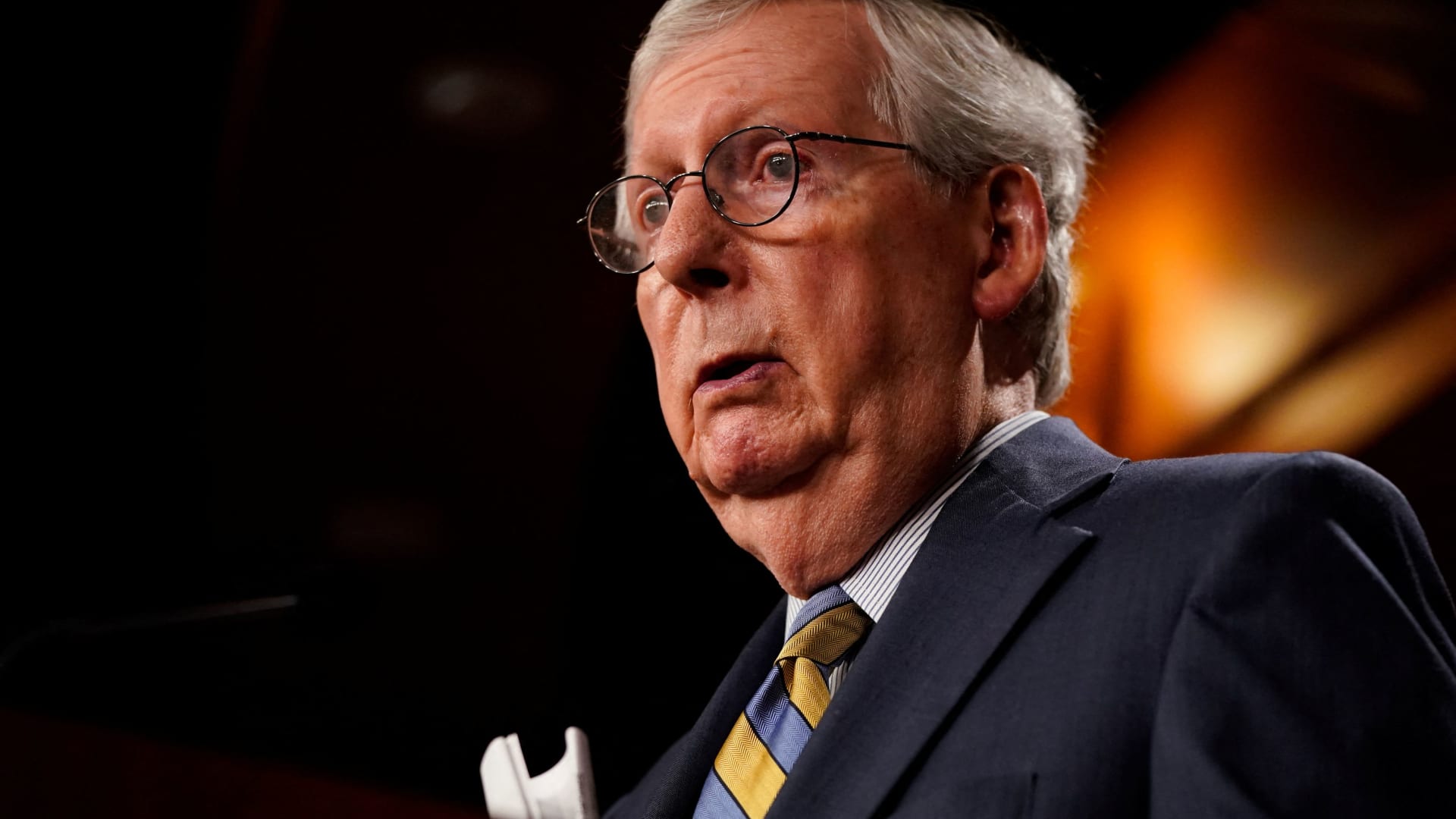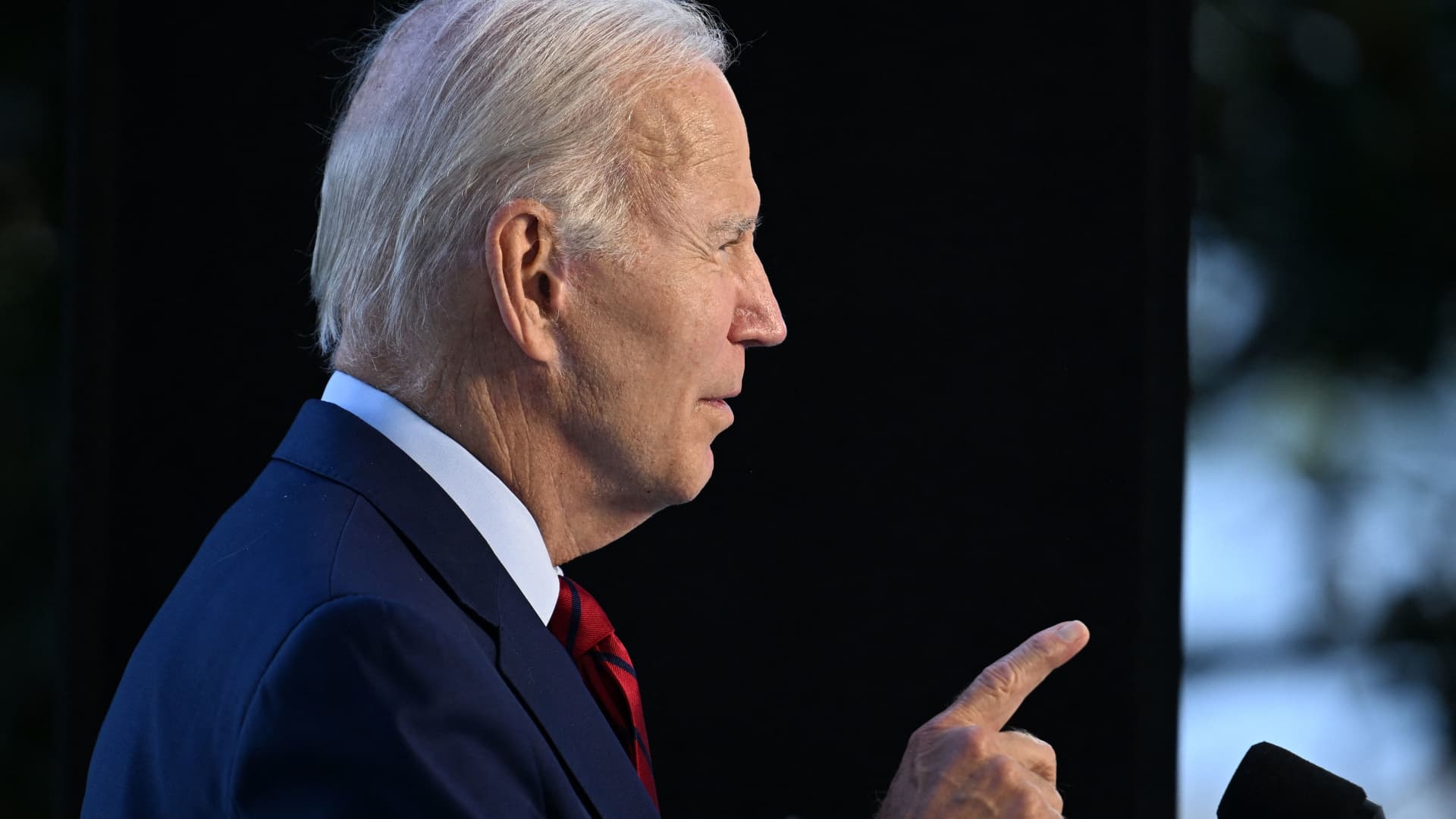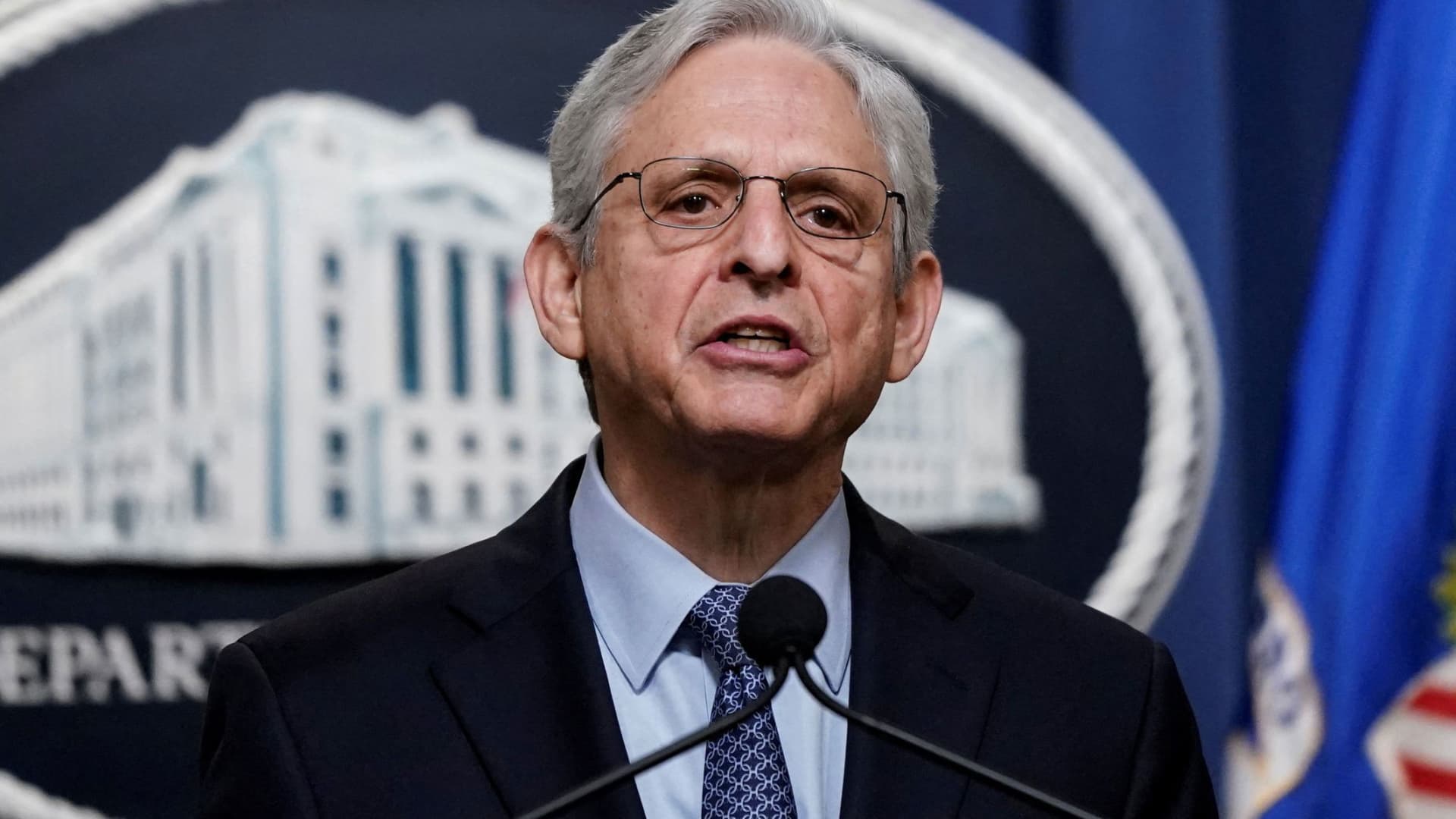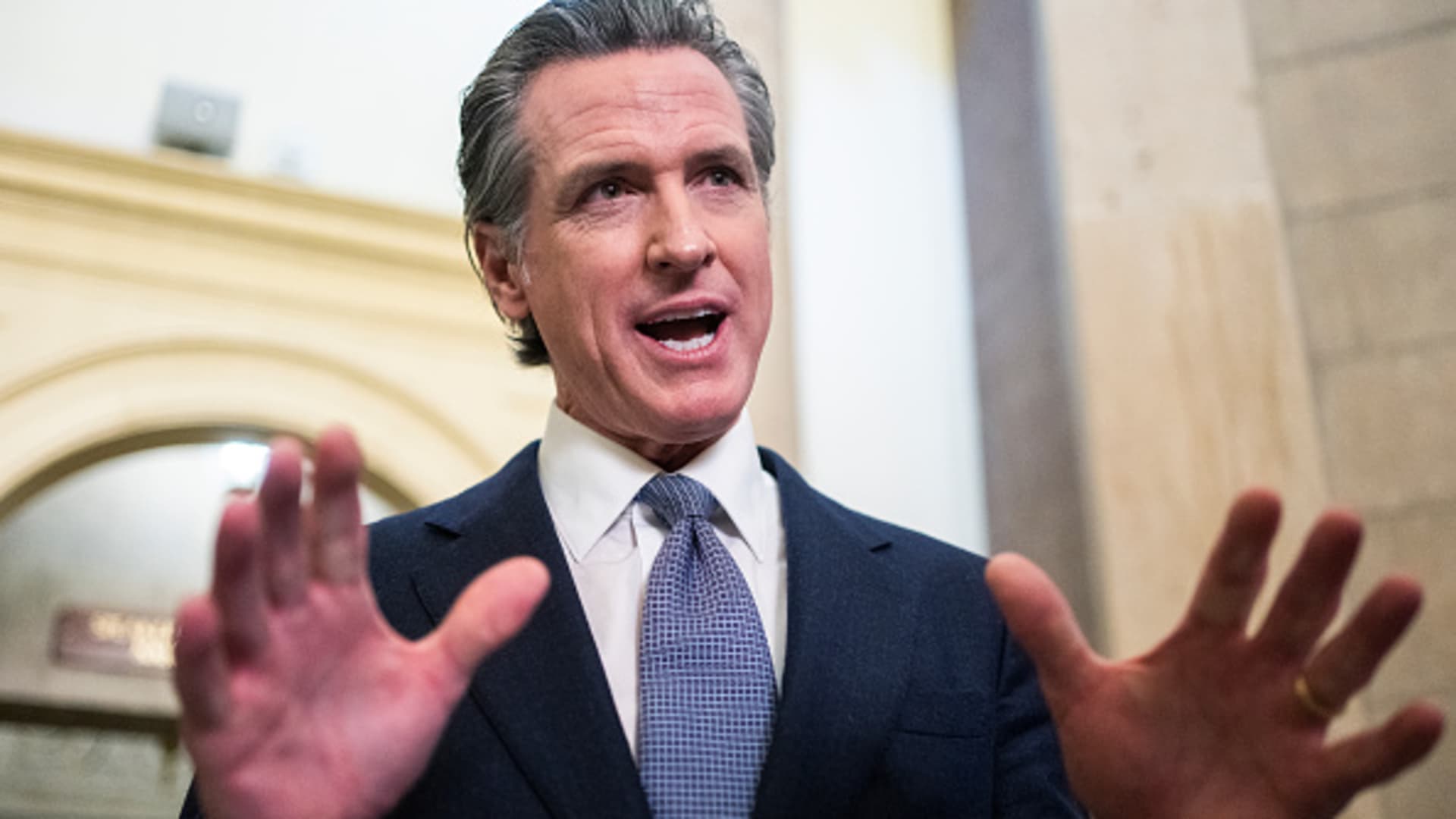A sign outside of a hospital advertises COVID-19 testing on November 19, 2021 in New York City. On Friday vaccine advisers to the US Centers for Disease Control (CDC) and Prevention voted unanimously in recommending a booster shot of the COVID-19 vaccines for all adults in the United States six months after they finish their first two doses.
Spencer Platt | Getty Images
The Centers for Disease Control and Prevention eased its Covid-19 guidance on Thursday, saying the virus now poses a much lower risk of severe illness, hospitalization and death compared to earlier in the pandemic.
The CDC is no longer recommending testing to screen people with possible asymptomatic infections in most settings, such as schools. However, screening is still recommended in certain high risk settings such as nursing homes and prisons.
And people who are not up to date on their vaccines no longer need to quarantine if they have been exposed to Covid-19, according to the new CDC guidance. Instead, public health officials now recommend that these individuals wear a mask for 10 days and get tested on day five.
Greta Massetti, a CDC epidemiologist, said the US has the vaccines and treatments needed to fight the virus. As a consequence, the virus now poses a much lower threat to public health, according to the CDC. But it remains crucial for everyone to remain up to date on their vaccines, according to the public health agency.
“This guidance acknowledges that the pandemic is not over, but also helps us move to a point where COVID-19 no longer severely disrupts our daily lives,” Massetti said in a statement.
People with healthy immune systems, regardless of vaccination status, should isolate for five days after testing positive for the virus, but you can end isolation at day six if you have not had symptoms or if you have not had a fever for 24 hours and other symptoms have improved, according to the guidelines.
After leaving isolation, you should wear a high-quality mask through day 10 after your positive test. If you have had two negative rapid antigen tests you can stop wearing your mask earlier, according to the guidelines. But you should avoid people who are more likely to get sick from Covid, such as the elderly and people with weak immune systems, until at least day 11.
People with weakened immune systems, those who have been hospitalized with Covid, or those who have had shortness of breath due to the virus should isolate from others for 10 days. But people with weakened immune systems and those who were hospitalized should also consult a physician before ending isolation.
If you end isolation but your Covid symptoms worsen, you should return to isolation and follow the guidelines from scratch again, according to the CDC.
The US is currently reporting more than 107,000 new cases a day on average, according to the CDC. That’s likely to be a significant undercount because many people are now testing at home and results are not picked up in official data.
About 6,000 people with Covid are admitted to the hospital a day on average, according to the CDC data. Nearly 400 people are still dying a day on average from the virus.
.
